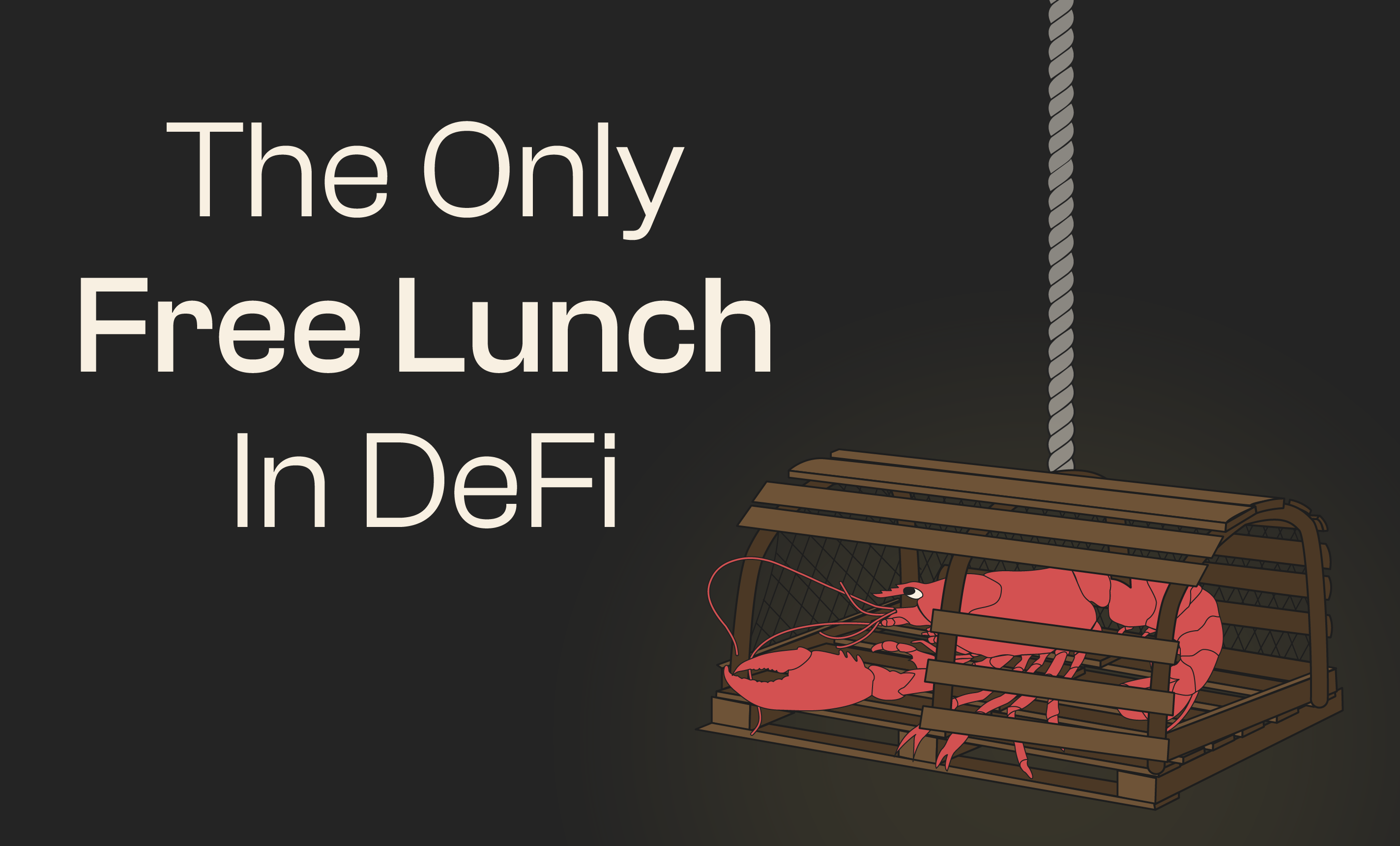The Only Free Lunch in DeFi: Why HODLers Should Park Their Capital in Clipper

Caveat: Nothing in this post is financial or investment advice. The authors aren’t qualified to offer that! DYOR.
Many in crypto have earned strong returns from HODLing BTC and ETH. Increasingly, people are staking ETH (through platforms like LIDO) to generate some additional return. The thing is, at this stage of the crypto market the earnings from volatility can far outweigh the yield from staking. In other words, sometimes it’s obvious the market is frothy and it’s time to sell, and sometimes it’s obvious the market is scared and it’s time to buy. Of course, doing this haphazardly is dangerous, so it’s better to follow clear rules.
One approach is to systematically rebalance your portfolio at prevailing market prices. This is based on modern portfolio theory (which won a Nobel Prize in 1994). Basically, you construct your portfolio to hold a mix of both volatile and stable assets and you set a target weight for each. For example, a typical approach in TradFi that you’ve probably heard of is the 60-40 stocks/bonds portfolio. This same approach could translate to crypto, where your portfolio is weighted at 60% volatile assets (e.g., 30% ETH and 30% BTC) and 40% USD stablecoins. When the volatile asset prices move, the portfolio falls out of balance from its target weight. To combat this, you buy/sell at regular intervals so your portfolio returns to the target weight. This has the effect of systematically buying low and selling high. It basically gives you exposure to crypto (beta) while making you money off the volatility (alpha). You may already be haphazardly doing a version of this if you try to time the market yourself, but the trick is to do it systematically at regular intervals.
Now, instead of rebalancing manually, imagine you could deposit liquidity into a DEX that rebalances for you passively and costlessly.
It would be unwise to use a CFMM to rebalance. That’s because they don’t use the rebalancing process prescribed by modern portfolio theory. Instead, they rely on arbitrageurs to make toxic trades until the pool comes back into balance (in other words, they rebalance at bad prices). This creates impermanent loss (IL), which makes it so that at best you earn nothing from volatility and at worst you get rekt (see here and here). While some say IL is impossible to measure, that’s not true. You can compare your returns in Uniswap or other CPMMs to HODLing by using today’s market prices for each asset to calculate the net asset value (NAV) now vs. the NAV at a point in the past using the units of crypto in the pool at that time. That gives you your “crypto basis” return or “profit yield” vs. HODLing. Here’s more info on this methodology.
However, this is exactly what Clipper’s liquidity pool provides. It rebalances at fair market prices based on fast, off-chain oracles so you can passively benefit from a systematically rebalancing diversified portfolio the way it was envisioned in modern portfolio theory. That’s what Nobel prize laureate Harry Markowitz refers to when he said, “diversification is the only free lunch in investing.” Clipper is serving that lunch.

